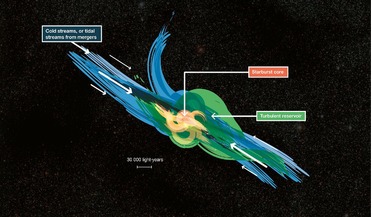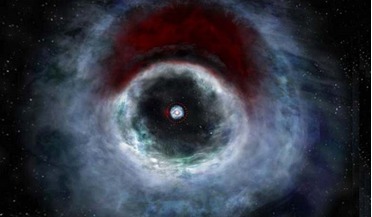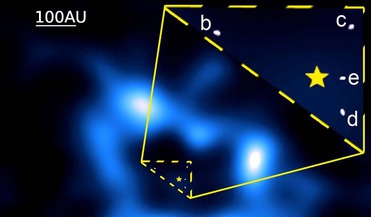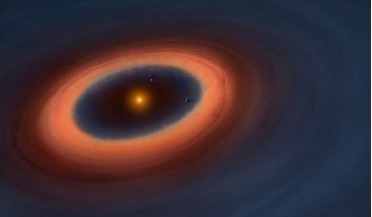 09 June 2017
Key ingredients to life found around Sun-like stars
09 June 2017
Key ingredients to life found around Sun-like stars
Using ALMA, astronomers have detected a complex prebiotic molecule that is a ... known as IRAS 16293-2422. In 2012, another group of researchers also using ALMA, discovered the simple sugar glycolaldehyde - a highly reactive compound that can help form...
 30 August 2017
Star formation history of the Universe revealed
30 August 2017
Star formation history of the Universe revealed
... of rapid star formation has been found for the first time in the distant Universe by astronomers using ALMA. The simple molecule is carbon hydride (CH+); one of the first three molecules ever discovered in the interstellar medium...
 10 March 2016
Mysterious infrared light that fills the Universe found with ALMA
10 March 2016
Mysterious infrared light that fills the Universe found with ALMA
... infrared background emission,” has finally been resolved by astronomers using the Atacama Large Millimeter/submillimeter Array (ALMA). By searching through data accumulated with ALMA taken over 900 days, the research team led by a graduate student...
 15 February 2016
Astronomers provide new insights into planet formation around binary stars
15 February 2016
Astronomers provide new insights into planet formation around binary stars
With a new, detailed look at images taken with the Atacama Large Millimeter/submillimeter Array (ALMA), astronomers provide fresh insights into how planets might evolve within a binary star system. Presenting their ...
 18 May 2016
Multi-planet system hints at extra planet in its cometary belt
18 May 2016
Multi-planet system hints at extra planet in its cometary belt
... to study the geometry of the system and to look for asymmetries in the disc. The image, made with Atacama Large Millimeter/submillimeter Array (ALMA), shows that the debris disk has an irregular inner edge and has been interpreted as either a sign...
 27 January 2016
Interaction between protoplanetary disks and planets confirmed by astronomers using ALMA
27 January 2016
Interaction between protoplanetary disks and planets confirmed by astronomers using ALMA
..., to confirm theories about the interaction between recently formed planets in protoplanetary discs. Using the Atacama Large Millimeter/submillimeter Array (ALMA), astronomers have observed a dust ring around a star roughly 650 light years from Earth...